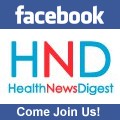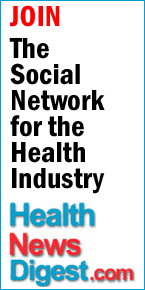 |
Past research has demonstrated that triclosan has the potential to disrupt hormones in animals and humans, contribute to antibiotic resistance and cause acute toxicity to aquatic organisms. In light of the reported adverse effects and the lack of scientific evidence on its benefits over plain soap and water, the U.S. Food and Drug Administration banned triclosan in antiseptic washes. However, the ruling doesn’t apply to toothpaste and other products, including clothing and cookware. JieHan, Wei Qiu, Baoshan Xing and colleagues suspected that triclosan might stick to materials commonly used on commercial toothbrush heads and get released in an uncontrolled manner, creating a hidden route of exposure and transport of the chemical that hadn’t been previously considered.
The researchers simulated toothbrushing with a range of commercial brushes and pastes. Their testing showed that more than one third of the 22 toothbrushes tested, including two children’s varieties, accumulated significant amounts of triclosan equivalent to seven to 12 doses of the amount used per brushing. Toothbrushes with “polishing cups” or “cheek/tongue cleaners,” typically made of a class of materials called elastomers, absorbed the largest amounts. When the researchers switched to triclosan-free toothpastes but continued to use the same brushes, triclosan was continuously released from the toothbrushes over the next two weeks. This release could lead to a user receiving prolonged exposure to triclosan, and potentially to other transformation products that previously hadn’t been accounted for, even after switching toothpastes. Additionally, regular landfill disposal of used toothbrushes that have accumulated triclosan could result in the chemical leaching into the environment. The study also raises broader questions about the design of consumer products — particularly those used for personal care — with absorptive polymer components that are regularly exposed to chemicals during use.
The authors acknowledge funding from the Marsden Fast-Start Fund and USDA NIFA Hatch Program.
The abstract that accompanies this study is available here.
The American Chemical Society, the world’s largest scientific society, is a not-for-profit organization chartered by the U.S. Congress. ACS is a global leader in providing access to chemistry-related information and research through its multiple databases, peer-reviewed journals and scientific conferences. ACS does not conduct research, but publishes and publicizes peer-reviewed scientific studies. Its main offices are in Washington, D.C., and Columbus, Ohio.
To automatically receive news releases from the American Chemical Society, contact [email protected].









